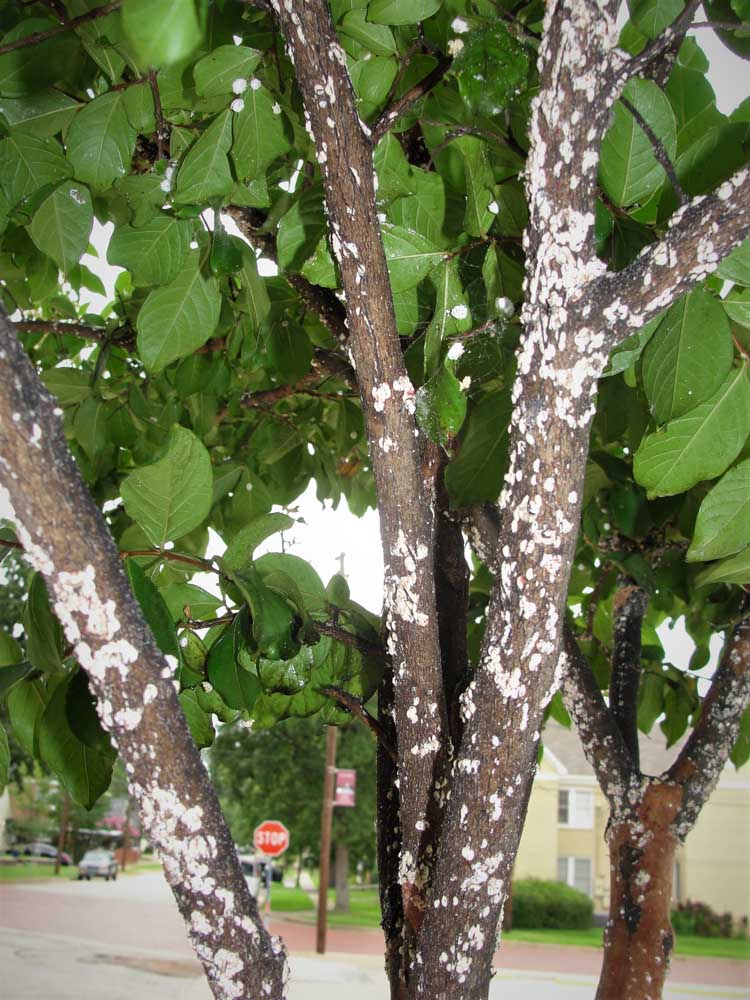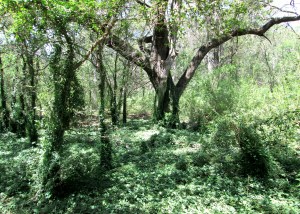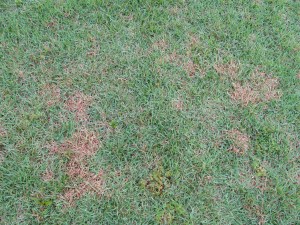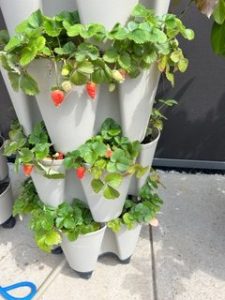Crapemyrtle Bark Scale
Published 6:00 am Sunday, April 25, 2021

- Crapemyrtle bark scale is unsightly but not deadly.
Crapemyrtle bark scale was first confirmed in the USA in 2004 near Dallas, although it was likely introduced earlier. The scale is a sucking insect that feeds on the sap of plants. As it feeds, it excretes a sugary solution called “honeydew” (like aphids, scale, and whiteflies). Heavy infestations of crapemyrtle bark scale produce sufficient honeydew to coat leaves, stems, and bark of the tree. This honeydew, in turn, eventually turns black as it is colonized by a concoction of fungi, called sooty mold. Although crapemyrtle rarely die from crapemyrtle bark scale infestation, the sticky leaves and black trunks greatly reduce the attractiveness of the tree.
Immature crapemyrtle bark scale are hard to see, but white colored adult scale covers and egg sacs are frequently visible on the upper branches and trunk. Both male and female scales of the crapemyrtle bark scale are immobile and will “bleed” pink blood when crushed.
Trending
The crapemyrtle bark scale is native to Asia and had previously been reported from China, Japan and Korea. Since its introduction, crapemyrtle bark scale has spread across most of the southeastern United States. Human transport on infested nursery material likely accounts for its long-distance spread. Short distance spread likely occurs via wind or by hitchhiking on birds, mammals and flying insects.
Effective management of crapemyrtle bark scale relies on good monitoring practices to ensure pesticides are targeted toward vulnerable stages. Spraying contact insecticides on egg sacs or pupae may have very little efficacy. Applications should be timed to target crawlers or immature nymphs before coating themselves in the white wax. Crawler activity appears to peak between mid-April to early May in East Texas. To determine crawler activity, consider using double-sided sticky tape traps around the branch of the tree. Remove and replace with a new piece of tape weekly, and check tapes for presence of crawlers. When numbers of crawlers start to increase, consider chemical control.
Several natural enemies have been found in the landscape to provide suppression of crapemyrtle bark scale. In a lady beetle exclusion trial, natural enemies were found to provide approximately 75% suppression of crapemyrtle bark scale. Care should be taken to preserve natural enemies where possible, and care should be taken to avoid killing pollinators.
Several pesticides have been investigated for efficacy against crapemyrtle bark scale, with most success from the following active ingredients: Imidacloprid (as a drench), Dinotefuran (as a drench or bark spray), Pyriproxyfen (as a bark spray), Buprofezin (as a bark spray), and Bifenthrin (as a bark spray).
Drench applications should be made very early in the season, at bud break (March), since these drench insecticides can take about 60 days to translocate into the plant to be effective against the scale. The bark spray applications should ideally be made when crawlers are out, typically mid-April to early May. Spraying egg sacs and pupae may not be effective. Insecticide applications will not remove white spots or sooty mold, but prevent future scale population growth. Crapemyrtles have exfoliating bark, and if crapemyrtle bark scale has been effectively managed, no new white spots or sooty mold should form after bark shedding.
Greg Grant is the Smith County horticulturist for the Texas A&M AgriLife Extension Service. He is author of Texas Fruit and Vegetable Gardening, Heirloom Gardening in the South, and The Rose Rustlers. You can read his “Greg’s Ramblings” blog at arborgate.com, read his “In Greg’s Garden” in each issue of Texas Gardener magazine (texasgardener.com), and follow him on Facebook at “Greg Grant Gardens.” More science-based lawn and gardening information from the Texas A&M AgriLife Extension Service can be found at aggieturf.tamu.edu and aggie-horticulture.tamu.edu.







